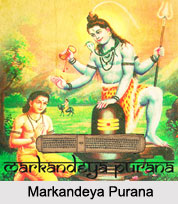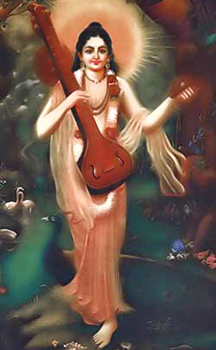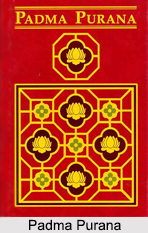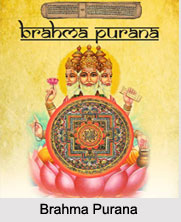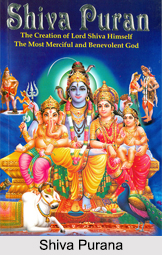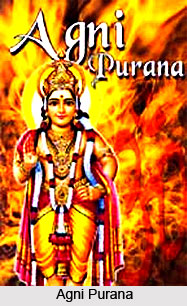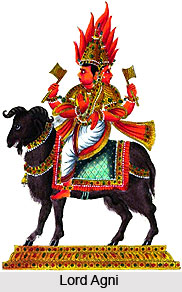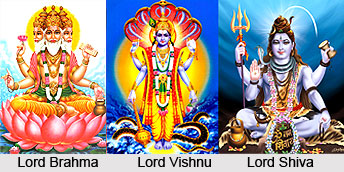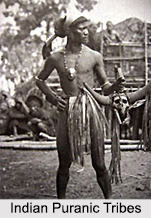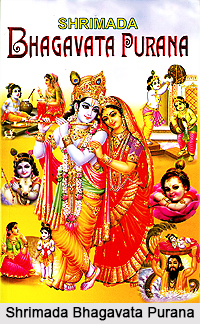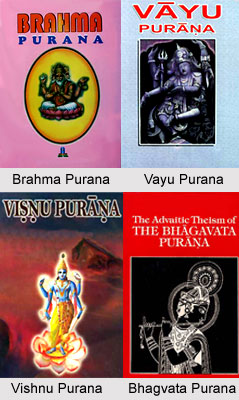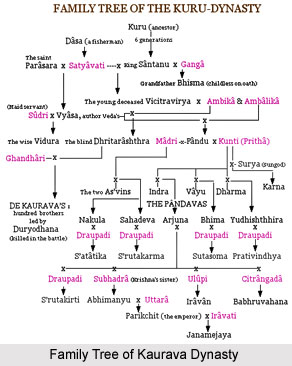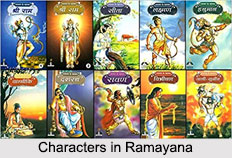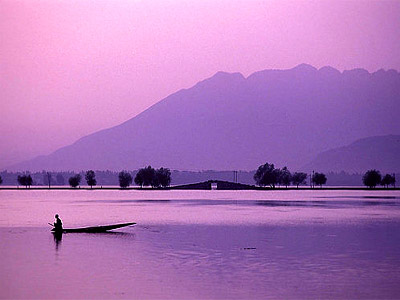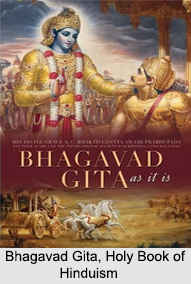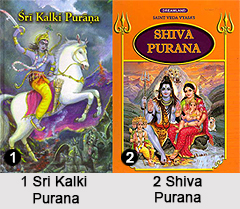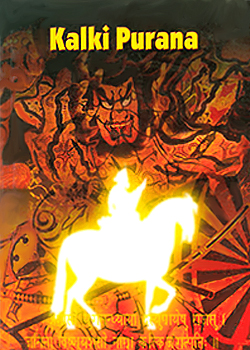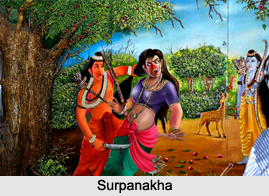By this time, caste system had become quite severe and the society was divided into four castes- Brahman, Kshatriyas, Vaishyas and Shudras. Brahmans were collectively considered the uppermost among all castes and were respected by all. Works of all the four castes were fixed. However, there were a few exclusions like, Dronacharya being a Brahman had accepted the duties of Kshatriyas and Vishwamitra, being a Kshatriya performed the duties of Brahmans.
Varnashram-Life was divided into four parts. Until 25 years, a man kept Brahmacharya. The time period within 25 to 50 years were set for family life. From 50 to 75 was a sort of grooming for total abandonment of world at the age of 75. During this period through family life, men dedicated most of their time in reverence of god and in the interests of people.
Condition of Women-The Epic Age witnessed a sharp decline of the condition of women. Polygamy and polyandry- both were prevalent. King Dasarath had three wives. Ravana had many wives. Draupadi was the wife of all the five Pandavas. Draupadi was insulted by Duryodhana in a court, when it was in full session. There are many references in Mahabharata, according to which women were the origin of all malevolence. However, there are also citations which speak about their elevated position and respect which they enjoyed in society. Queen Kaikeyi used to accompany king Dasarath to the battles. The kings also consulted their queens on political issues. The character of a woman was very high and supreme. The examples of Sita, Savitri, Damayanti, Subhadra etc., demonstrates the perfect character of a woman of this age and their love and sacrifices for their husbands. The philosophical conversation between Yajnavalkya and Gargi in the court of king Janak of Videha and between Yajnavalkya and his wife, bear witness to the high education and status of women. Dr. R. C. Majumdar remarks, "These two incidents eloquently testify the high position, learning and mental equipments of women in ancient India, to which it would be difficult to find a -parallel in the history of the world".
System of Education-There existed an extremely urbanised system of education during the epic age. Education was given for free. Teachers did not receive any customary salary but accepted presents. Great pains were taken for the maturation of character and mind along with the physical growth of the student. Besides schools in villages and towns, there were Parishads in remote forests, comprising three or four teachers, who conveyed education in religion and philosophy.
Marriage-The usual age of marriage was 25 years. Among Kshatriyas, daughters were given in marriage after testing the gallantry and bravery of the man. Among royal families, `Swyamvara` was very much prevalent for selecting the perfect husband for the woman. The marriages of Sita and Draupadi took place as a result of their having been won by Ram and Arjuna respectively in Swyamvara. Polygamy and polyandry were both in vogue. There are reference to eight kinds of marriage in the epic age. The names of these include- the Biahma form, the Davia marriage, the Arsha form of marriage, Prajapatya, Gandharva, Asura, Rakshasa and Paishacha style of marriage.
There are various mentions, which prove that in case of powerlessness of their husbands, women could have sexual relations with some other man for the sake of reproducing children. According to a citation in Mahabharata, a woman could have sexual connections with the younger brother of her husband after the death of the later for reproduction of children. Even during the lifetime of their husbands, wives could have sexual links with others, for the sake of reproducing children with the approval of their husbands. Kunti, mother of the Pandavas had produced Yudhishthir and others, by resorting to the `Niyog System`, because her husband Pandu had become powerless to generate any children.
Organisation of Different Classes of Society-The political power was in the grip of the Kshatriyas, who regarded themselves greater than the Brahmans. The influence of Brahmans in the political life had slumped and they often fought among themselves. The business class had organised themselves into several associations or `Shrenis` and the head of each association was called `Shresthi`. It is therefore understandable about references of the words like `Mahashrestis` and `Anushrestis`. The head of all the `Shrenis` was called `Bhankarik`. Authority of the business class was mounting in politics. Then there were farmers who largely stayed in villages. Both the farmers and businessmen were Vaishyas. Below these was the slave class, which typically comprised the subjugated non-Aryans. These were broadly daily-wagers.
There was also a division of work among these classes. A Kshatriya`s duty was to protect the people, Brahmans begged for livelihood. Vaishyas were farmers, businessmen etc., and the work of a `Dasa` or slave as to perform labour. The `Dasa` or Shudras were also under compulsion to serve the three classes higher to them.
Village Life-Most of the people lived in villages around a fort and in times of emergency, like during an assault from an army, they took refuge in these forts. Justice was dispensed by the king, but in other regards, the villages were autonomous as long as they paid due taxes to the sovereign. Leaving farming, people also domesticated animals.
Food and Drink-Eventually and gradually people turned into vegetarians. Meat-eating was still very much in vogue, but people were developing an inclination of hatred towards it. An intoxicating liquid called "Sura` was also rampant, but it was often disapproved and was not looked at as a decent thing.

